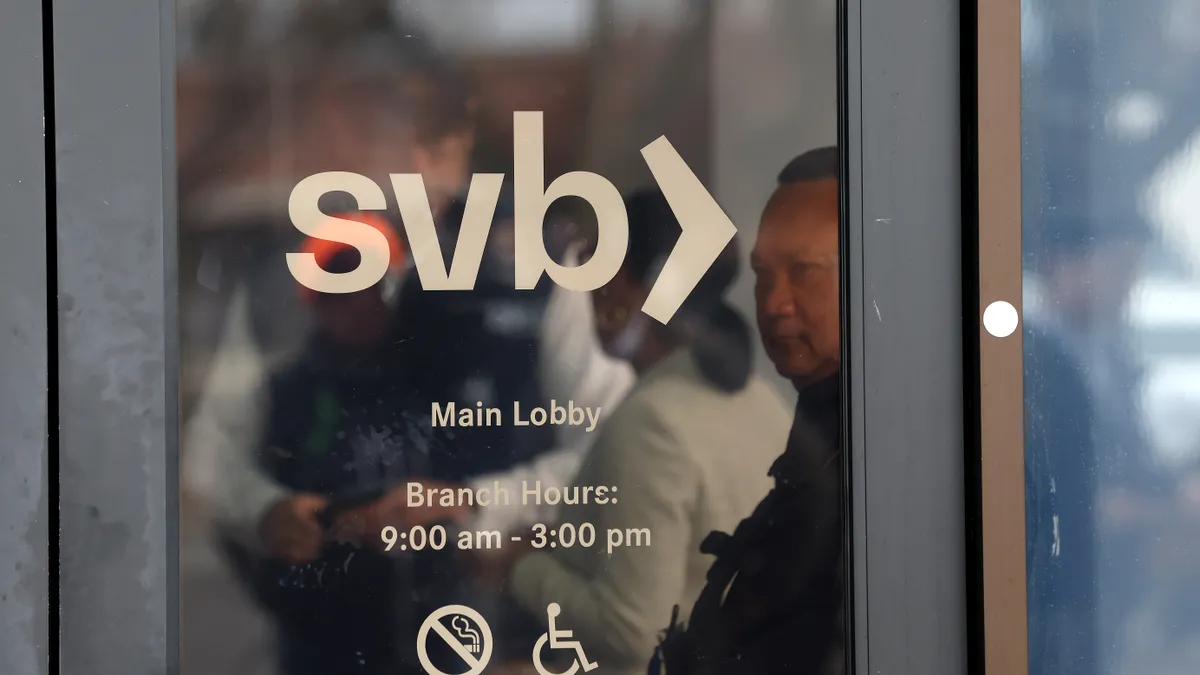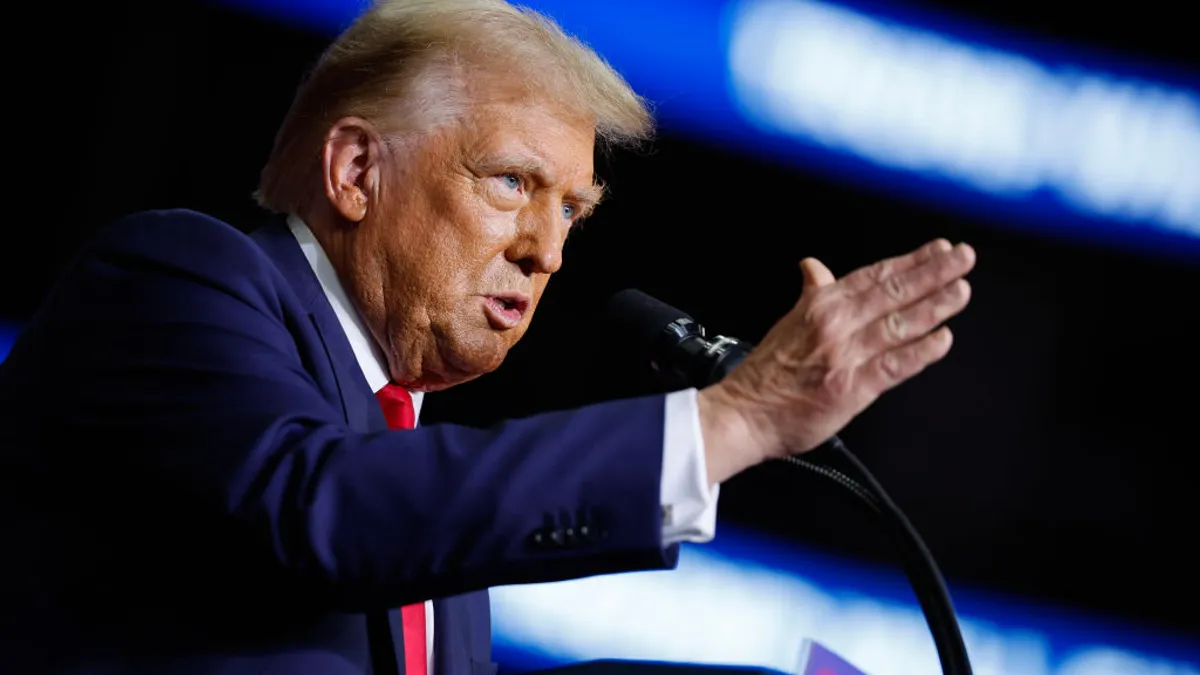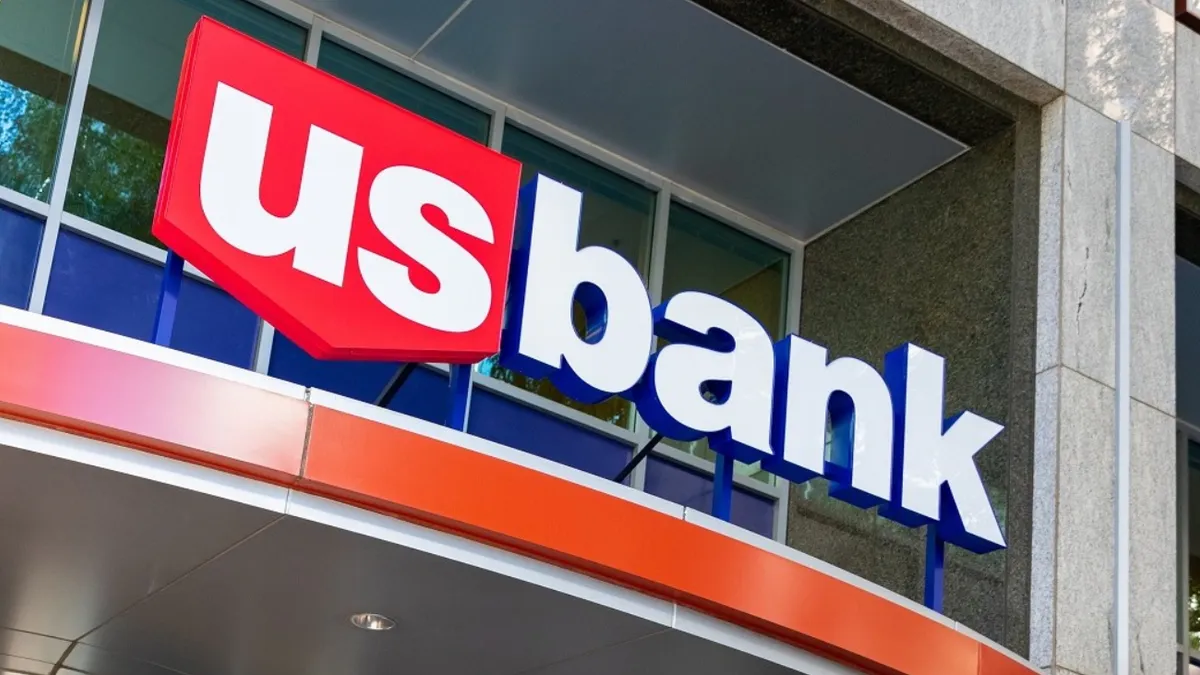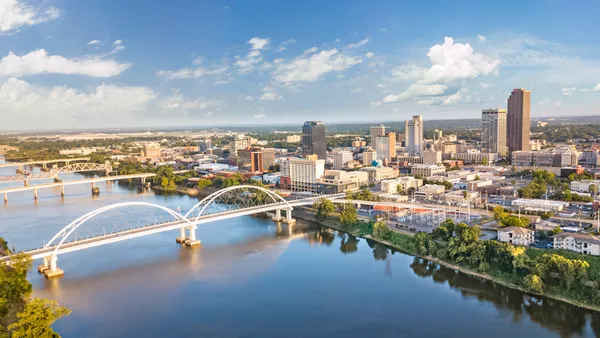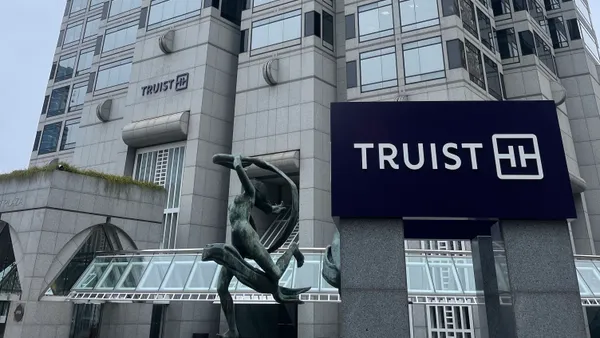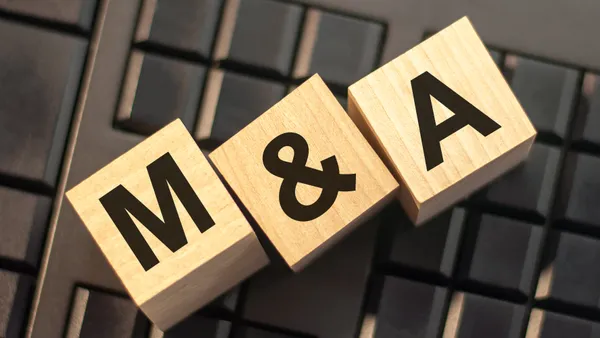First Citizens Bank’s acquisition of $110 billion in Silicon Valley Bank assets, $56.5 billion in deposits and $72 billion in loans leaves the fate of $1.9 billion belonging to SVB’s parent company in limbo.
SVB Financial, which filed for bankruptcy protection March 17 to help it speed the sale of its healthy nonbank assets, has $1.9 billion in deposits at its former affiliated bank but the Federal Deposit Insurance Corp. last week blocked access to it.
The FDIC wants to keep the money in the bank until it decides whether the parent company should help shoulder the burden of covering all of the depositors who have been promised access to their money by the federal government.
“The … bank cannot make withdrawals out of that account … without the FDIC receiver’s consent,” Sandeep Qusba, a lawyer for Silicon Valley Bridge Bank, said in court last week.
Competing rules
Whether First Citizens will have authority to let SVB Financial have its money is a legal issue that will have to be sorted out, Shelley Kinsella of Armstrong Teasdale told Legal Dive.
“You have two federal statutes — the bankruptcy code and all of the statutes that pertain to the FDIC receivership — and there are going to have to be determinations over which provision will prevail,” said Kinsella, who worked on bankruptcy issues tied to Washington Mutual in 2008, the largest bank collapse in the U.S.
SVB Financial had a market capitalization of about $17 billion at the end of January. That includes $2.6 billion in cash and securities. That cash is now subject to the FDIC hold.
At the company’s bankruptcy hearing in New York last week, the judge overseeing the case, Martin Glenn, said the company could tap up to $100 million to help it cover its costs as it puts its assets up for sale.
Among the assets it’s hoping to sell are SVB Capital, an investment management company that oversees $10 billion in funds; SVB Securities, an investment bank; and SVB Private, a wealth-management company.
Glenn told the parent company, the FDIC and the bank to work through their differences because their cooperative efforts can help ensure the value of the assets are maximized at sale.
“You all have a shared interest in making sure that the debtor’s case proceeds smoothly [and] information is available,” the judge said. “To the extent that the FDIC expects to be able to recover any shortfall, maximizing the value of the debtor … is essential.”
Creditors include a group of investors that bought $3.4 billion in parent company bonds at a steep discount shortly before it declared bankruptcy in the hopes of profiting from the sale of the healthy assets. That plan faces a hurdle as long as the FDIC retains control over the company’s deposits.
“We don’t believe it is the case that the FDIC has the right to recover a shortfall,” Marshall Huebner, an attorney representing SVB Financial creditors, said at the bankruptcy hearing. “Who is entitled to the benefit of these Chapter 11 estates? The estate’s own creditors and stakeholders, or the receiver for one of its now former subsidiaries?”
Continued FDIC involvement
Even after First Citizens closes its acquisition of the bank assets, the FDIC will keep its hands in the bank’s management at some level. Among other things, it agreed to share in any losses or gains stemming from the bank’s loan portfolio and it retains control over $90 billion in securities that First Citizens didn’t buy.
That means the agency retains a major financial interest in the bank, whose collapse, it says, could end up costing it $20 billion from its insurance fund once all of the depositors are made whole.
Glenn will play a big role in sorting out whether the FDIC will be able to use some or all of the parent company’s $2 billion to help offset that. “Judge Glenn is going to have to look at it,” Kinsella said.
The back-and-forth could end up taking years, not months, The Wall Street Journal reported.



